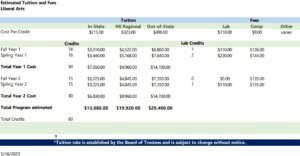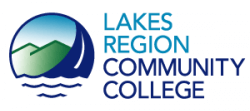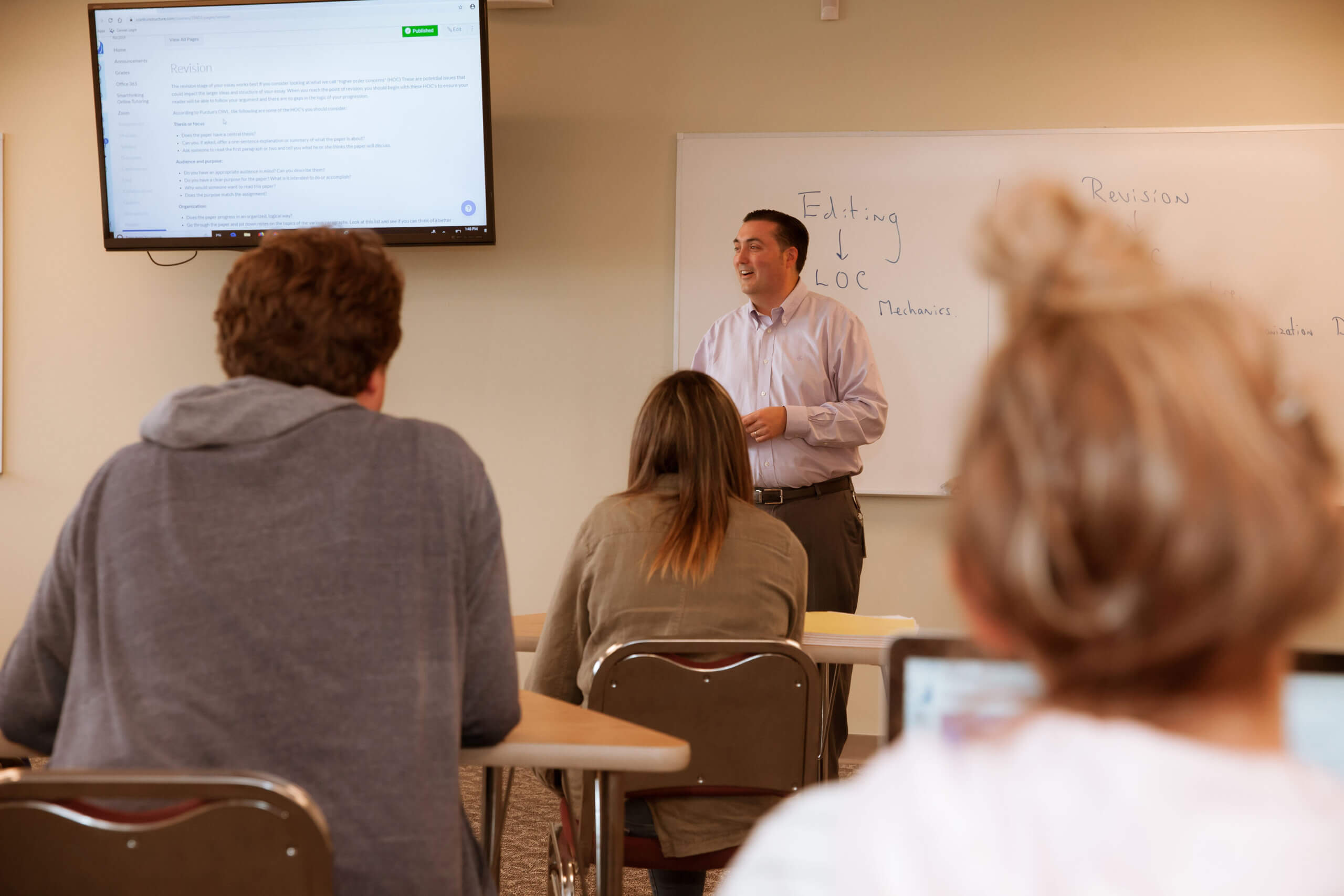Liberal Arts Program Overview
Whether you already have your sights set on a particular pathway or wish to explore areas of interest in the humanities, math, science, or social sciences, the Liberal Arts degree can be tailored to meet your needs. Designed to foster critical thinking, clear communication, and problem-solving, an advisor will work to create an individualized, flexible course of study that will lay the foundation for life-long learning.
Program Goals
The Liberal Arts degree will allow students the opportunity to discover a clear academic or career pathway while providing a basis for transfer to four-year liberal arts programs at other colleges and universities.
Program Outcomes
Upon completion of a Liberal Arts degree, graduates will be able to:
- Effectively communicate in written and oral form;
- Solve problems using critical, creative, and scientific reasoning;
- Critically employ quantitative methods to organize, analyze, and interpret data toward the express goals of informing themselves and solving problems;
- Demonstrate scientific thought both quantitatively and qualitatively by learning to recognize and formulate questions for analysis of human or technical problems;
- Interpret facts and evaluate issues from multiple perspectives;
- Demonstrate knowledge of diverse cultures and subcultures, with an eye toward broadening their global and historical perspectives;
- Reflect on their interactions with other individuals and their communities, as well as their role in a global society; and
- Use technology to retrieve, process, and communicate information.
Total Credits: 3 Total Credits: 3 Total Credits: 3 Total Credits: 3 Total Credits: 3 Total Credits: 4 Total Credits: 3 Total Credits: 3 Total Credits: 3 Total Credits: 3 Total Credits: 3 Total Credits: 3 Total Credits: 3 Total Credits: 3 Total Credits: 3 Total Credits: 3 Total Credits: 3Course Sequencing
First Year
Mathematics Elective (3 credits)
Science Elective w/lab
English Elective
Humanities/Fine Arts/Foreign Language Elective
Mathematics Elective (3 credits)
Science Elective with Lab
Social Science Elective
Second Year
Humanities/Fine Arts/Foreign Language Elective
Liberal Arts Elective
Liberal Arts Elective
Open Elective
Social Science Elective
Humanities/Fine Arts/Foreign Language Elective
Liberal Arts Elective
Liberal Arts Elective
Open Elective
Open Elective
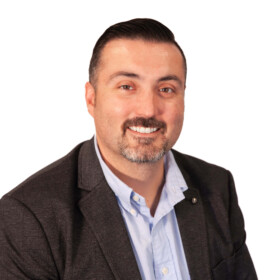
Stephen Freeborn
Liberal and Professional StudiesProfessor, English; Department Chair Liberal and Professional Studies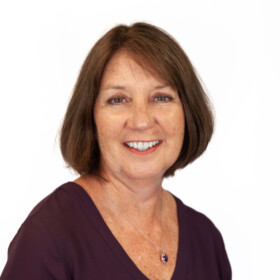
Julie Morin
Liberal and Professional StudiesProfessor, Mathematics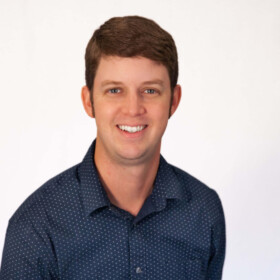
Matthew Simon
Liberal and Professional StudiesAssociate Professor; Program Coordinator Math and Science. Faculty Fellow Education & Innovation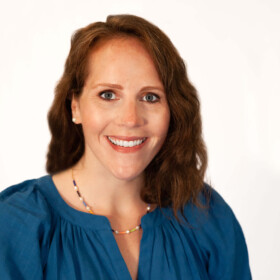
Rachel Sullivan
Liberal and Professional StudiesAssistant Professor- Social Sciences
Degree